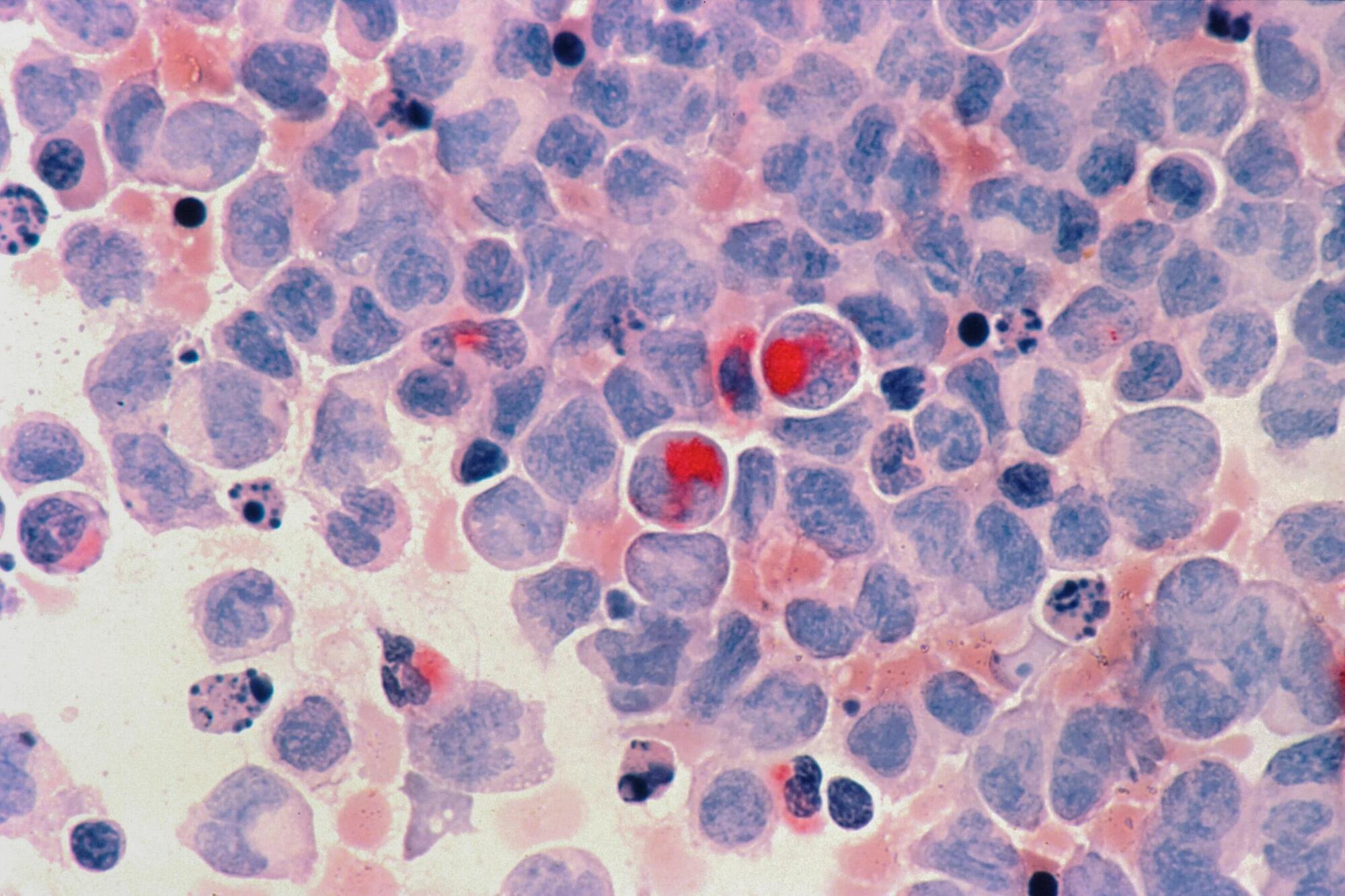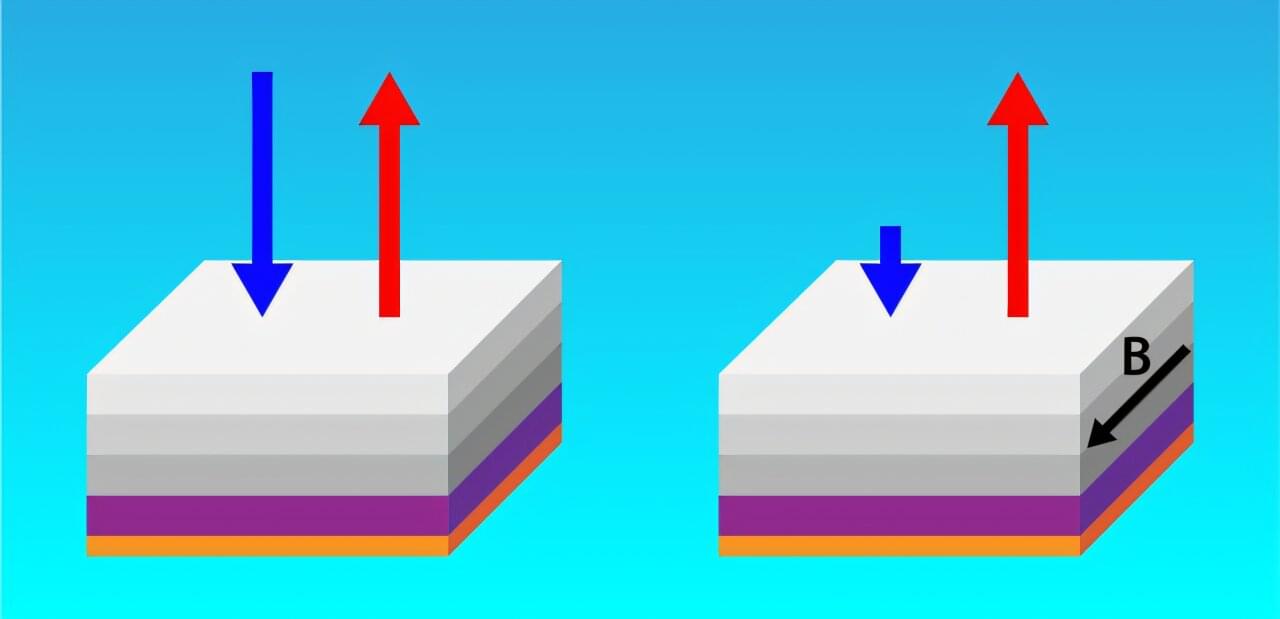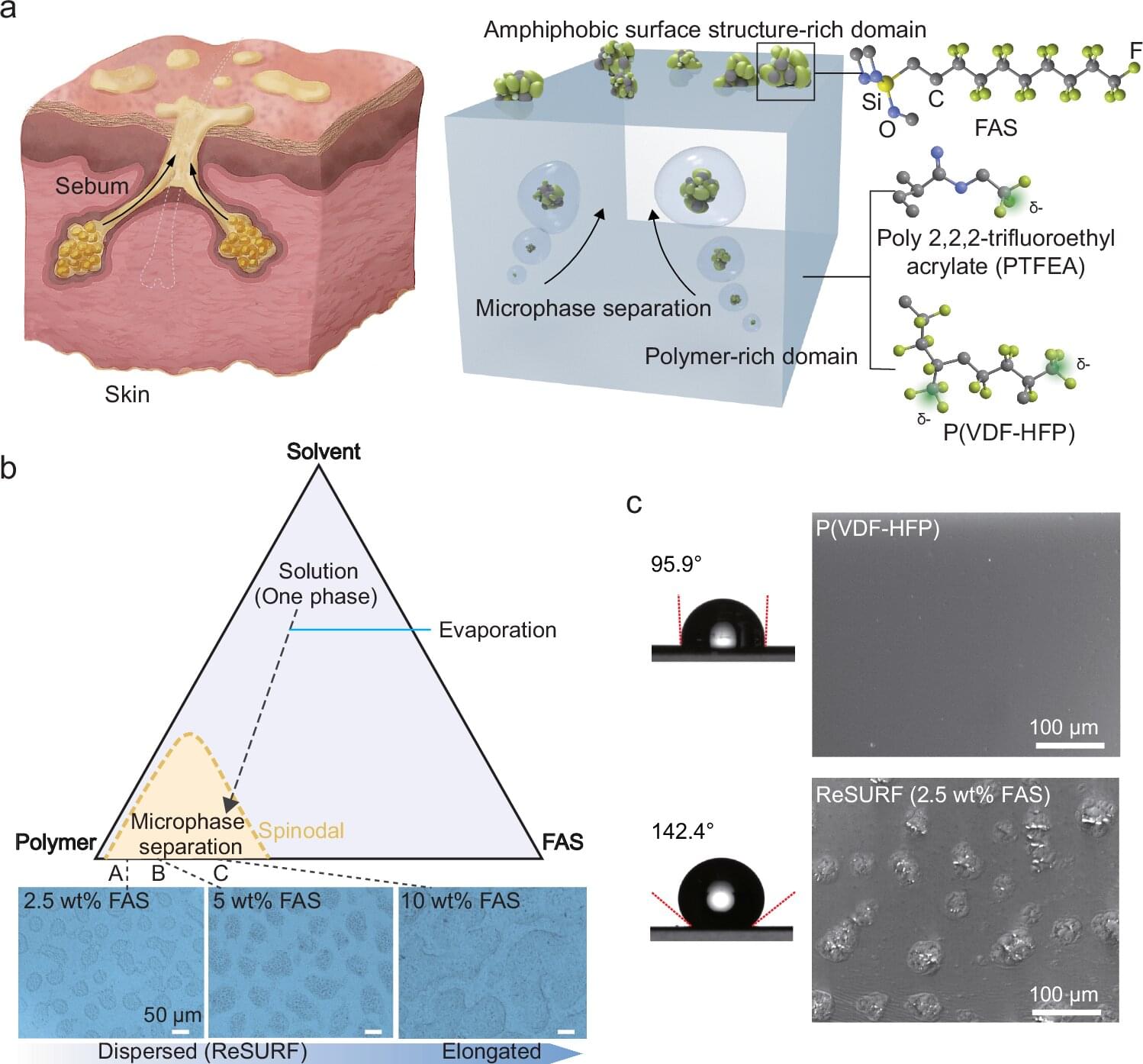As NASA’s New Horizons spacecraft traveled through the Kuiper Belt at a distance of 438 million miles from Earth, an international team of astronomers used the far-flung probe to conduct an unprecedented experiment: the first-ever successful demonstration of deep space stellar navigation.
A paper describing the results was accepted for publication in The Astronomical Journal. The pre-print is available on the server arXiv.
As a proof-of-concept test, the researchers took advantage of the spacecraft’s unique vantage point as it traveled toward interstellar space to image two of our nearest stellar neighbors, Proxima Centauri, which is 4.2 light-years from Earth, and Wolf 359, which is 7.86 light-years away.









